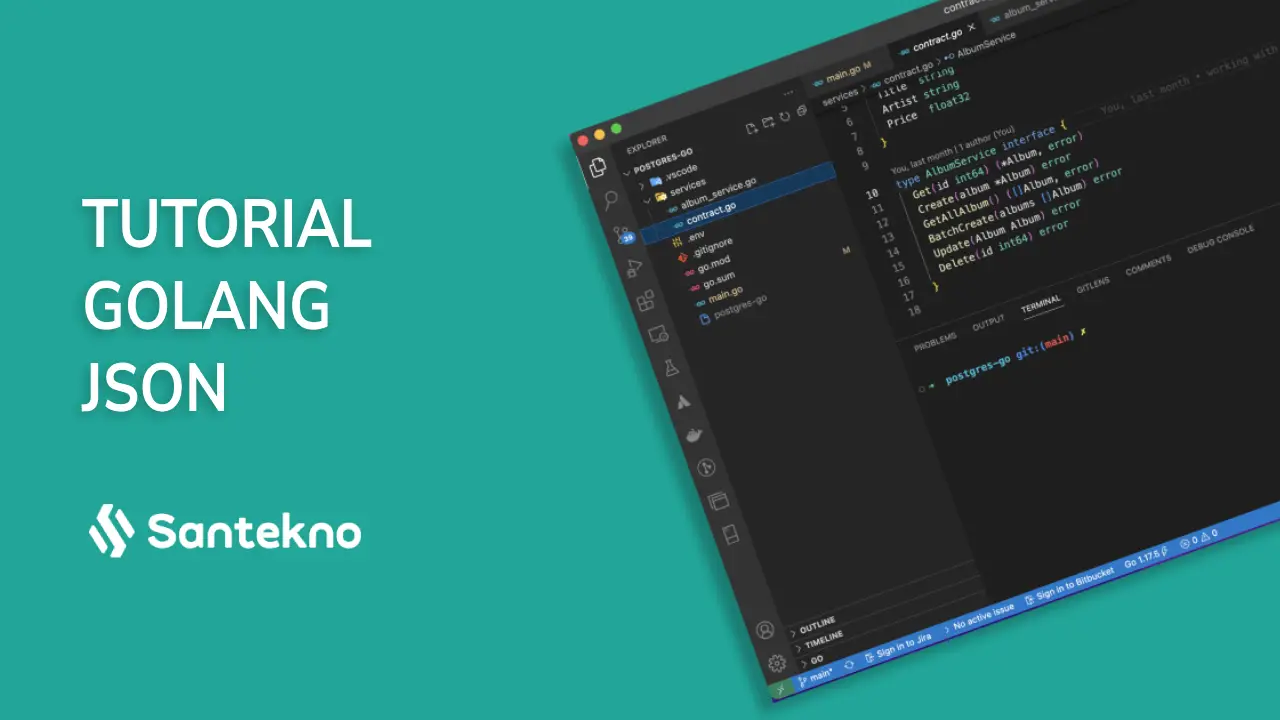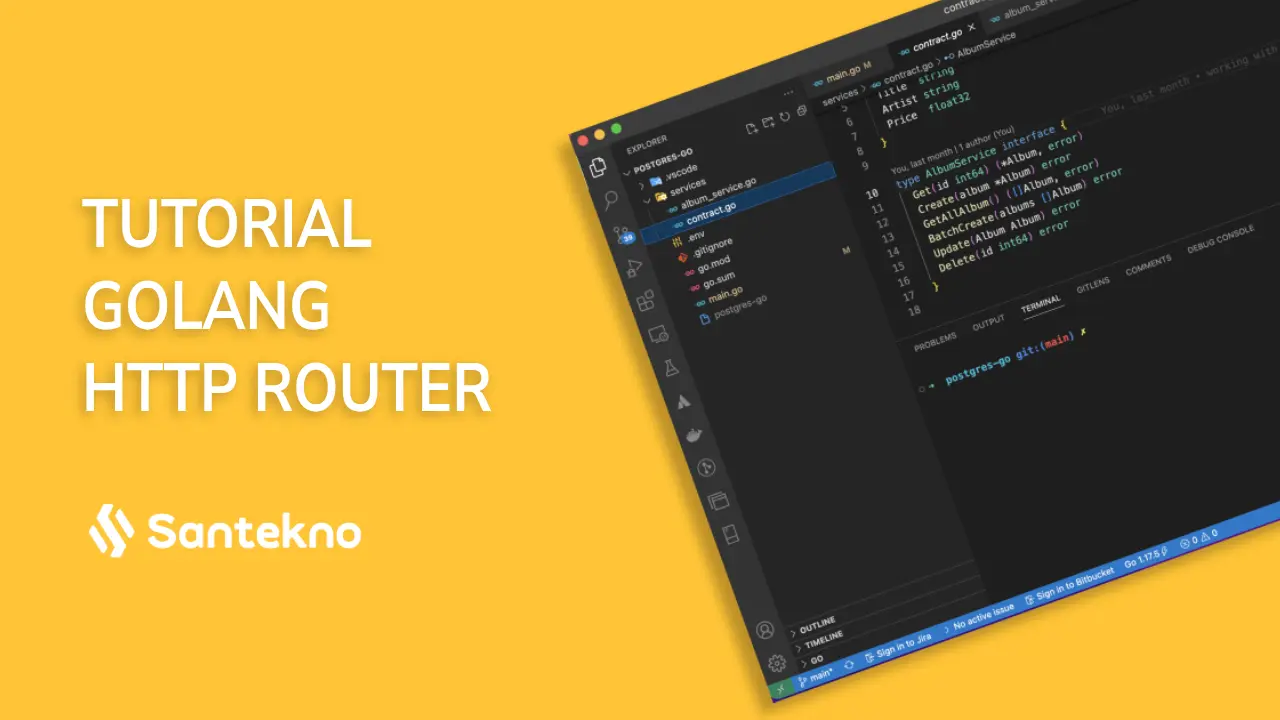Programming
109 Artikel tersedia

08 How To Use Streaming Decoder
Introduction to Stream Decoder
In the previous article, we studied the JSON package by using conversion of JSON data which was already in the form of variables and string data or we used []byte. Sometimes the JSON data comes from input in the form of io.Reader, which can be in the form of a file, network or request body. So we could just read all the data first, then store it in a variable and then convert it from JSON, but we don’t need to do this because the JSON package has a feature for reading data from Stream.

07 How To Use Maps
Map Use
When we use JSON we sometimes encounter cases of dynamic JSON data, which means that the attributes formed by JSON are uncertain, can increase or decrease and are not even fixed. So in cases like this, if we unmarshal using Struct, it will be difficult because in the struct we have to define all the attributes.

06 How to know JSON Tags
Introduction to JSON Tags
By default, if we create a struct and marshal it, it will be mapped according to the same attribute name and is case sensitive. So what if we want to differentiate the style between naming attributes in structs and those converted into JSON? For example, in structs we use PascalCase but in JSON we want to use snake_case. To support this, the json package supports Tags Reflection, namely tags that can adjust the Json name which we will later convert into JSON so that the tribute in the struct will be converted according to the name into JSON.

05 How to know JSON Array
Introduction to JSON Arrays
Apart from JSON in Object form, usually in JSON we can also use the Array data type. Actually, JSON arrays are similar to those in JavaScript where there are primitive data types or complex data types such as object arrays.

04 How to know Decode JSON
Introduction to JSON Decoding
In the previous article we learned to encode JSON and how to create a JSON object, so next we will learn how to translate JSON objects into struct objects in Golang. We often call this conversion from JSON into a Golang struct object as decode.

03 How to know JSON Object
Introduction to JSON Objects
In the previous article we studied encoding data such as string, number, boolean and other primitive types. But there is one case in the unit test which is made in the form of a struct object. So, this time we will study the objects of JSON in more depth. JSON data is in the form of objects and arrays, while the values can be objects again or directly data with other primitive types.

02 Encode JSON
Introduction to JSON Encoding
The Golang language already provides functions for JSON data conversion needs, namely we can use this function

01 Introduction Package
Introduction to JSON
JSON stands for JavaScript Object Notation which is a data format structure that looks like Object from JavaScript. JSON is the most widely used data format currently for creating RESTful APIs. All languages can use the JSON format because it can become a standard format for communication between services even if they use different languages. For example, one service uses Golang and another service uses Java, so that it can communicate well it needs the same format, namely JSON, which can standardize the format of the two languages in our service. You can visit https://json.org/json-en.html if you want to learn more.

08 Create Middleware Router
Understanding Middleware
HttpRouter is a library for creating an http router, it doesn’t have any other features apart from a router and this router is an implementation of the default http.Handler from Golang itself so that to create middleware we can create it ourselves as we have created in the previous Golang Web post, namely
HTTP Middleware.

07 Handle Not Allowed Method
Understanding Method Not Allowed
When we use ServerMux, we cannot determine what HTTP Method we will use in the Handler. However, on the router that we are using, we can determine what HTTP method we want to use so that the client will send the appropriate method to the router that we have specified. If it does not comply with the provisions on the Router, a Method Not Allowed error will occur.

06 Handle Not Found Page
Understanding Not Found Handler
Apart from the Router being able to control panic, it can also have a handler for pages not found or what we often call pages that cannot be accessed. The Not Found handler is a handler that is executed when a client tries to make a request for a page or URL of our website that is not in our Router service. By default, if there is no route it will not be found, but the Router will continue the request to http.NotFound, but we can also change it to a specific router page by changing

05 Learn About Panic Handler
Understanding Panic Handlers
When we create logic in the handler, we must think of a case where panic occurs, then what should we do? In this Panic handler an error will automatically occur and the website will stop returning responses. In the previous material, we discussed how the Web handles panic by creating special Middleware manually. However, the Router has been provided to handle panic by using the PanicHandler attribute.